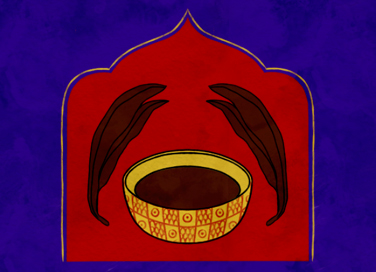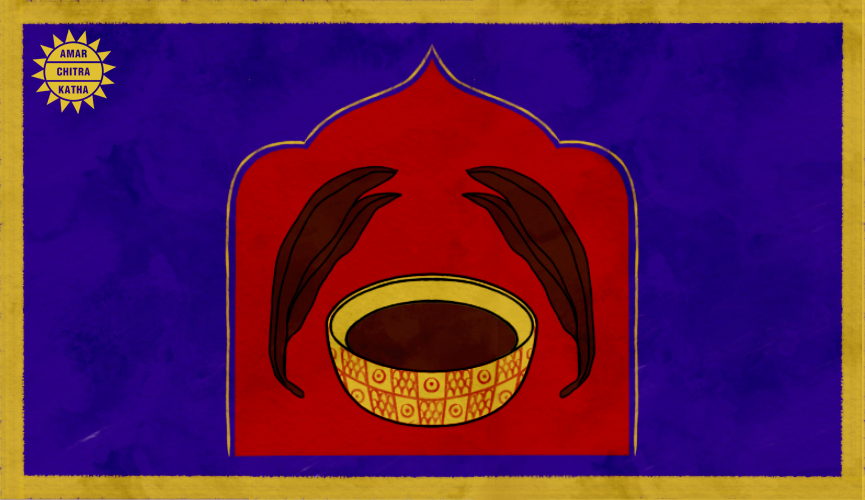Khar: The Astringent of Assam
- November 21, 2023


Khar: The Astringent of Assam
- November 21, 2023
By Shakthi Bharathi and Himasweeta Sarma
According to Ayurveda, there are six tastes known as the ‘rasas’. Each rasa plays its own role in boosting health and influencing the taster’s mood. Thus, the perfect meal has to contain all six rasas: salty, sweet, pungent, sour, bitter, and astringent.
Astringents, the last of these, are peculiar. More sensation than taste, their effect on the tongue comes from tannin-heavy foods. The cooling numbness of tulsi, the gritty sweetness of paan, the ashy burn of tobacco, the dry bitterness of wine—all of these are astringents at play. In Sanskrit, the sixth flavour is called ‘kashaya rasa’.
To receive more such stories in your Inbox & WhatsApp, Please share your Email and Mobile number.

In ancient times, the landlocked state of Assam had no access to sea salt. The common folk needed a strong condiment and a cheaper way to preserve food—thus came about khar. This brown liquid, filtered from the ashes of sun-dried banana peel, has an earthy smokiness that makes it the soul of Assamese cooking. An all-in-one ingredient, khar is used as a palate cleanser, digestif, antiseptic, shampoo, and even detergent!
Being an alkali, khar cannot be added to sour dishes, which contain acidic components like vinegar or tomatoes. This is because alkalis and acids neutralise each other.
To receive more such stories in your Inbox & WhatsApp, Please share your Email and Mobile number.

Comic of The Month
The Naval Journey of India Book I
This book is the first of a three-book series that takes a deep and detailed look at India's Naval History and a deep insight into the lives of our men and women in white. But any series on the Indian Navy has to start at the very beginning - exploring India's celebrated maritime history. Join our little hero, Bharat, and his grandfather, Commodore Sagar, as they sail into the deep blue waters of time. Book I of The Naval Journey of India takes a sweeping look at India's maritime endeavours, how the seas impacted us over millennia and how the oceans made us who we are.